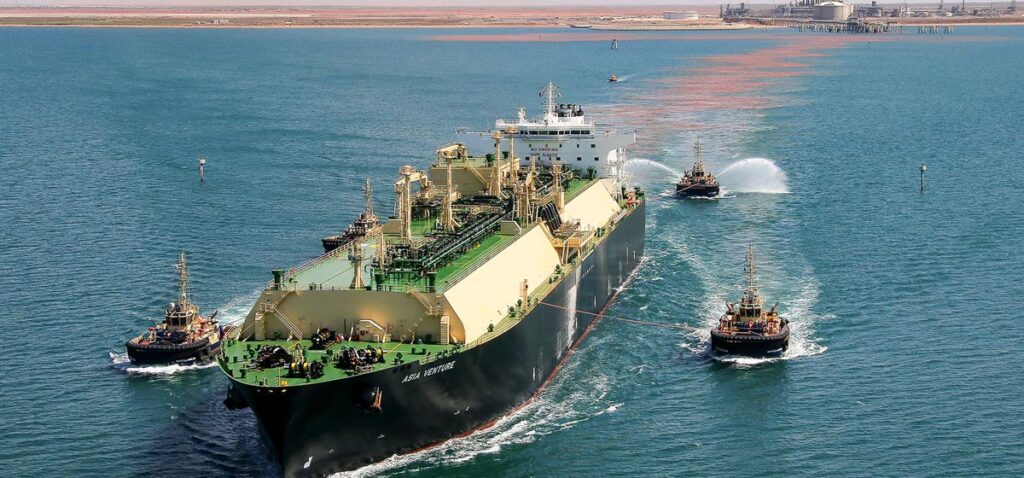
Liquid natural gas acts as a fuel that can help South America shift away from the use of fossil fuels to cleaner energy sources. LNG provides a practical and flexible solution to support the transition while balancing economic growth and energy security. LNG can work with renewable energy sources to phase down the use of coal and oil in the region. There may also be technologies and practices that reduce the emissions of methane across the LNG supply chain. Some South American countries have large natural gas reserves that could aid in growth and exports. Countries like Argentina, Brazil, Peru, and Bolivia are at the forefront of developing LNG infrastructure. This is to boost production, expand exports, and enhance energy security. High-quality deadend clamps promote the growth of LNG by ensuring the safe and reliable operation of LNG infrastructure.
The deadend clamp terminates electrical conductors at the ends of power lines to provide a secure connection. It also helps to prevent electrical leakage to ensure safety on the infrastructure. They also prevent power lines from sagging, which can cause safety hazards and reduce the efficiency of the power transmission systems. Deadend clamps are essential for expanding and upgrading the electrical infrastructure to support the growing demand for LNG production. By providing safety and reliability, deadend clamps contribute to the successful development and growth of the LNG industry in South America. Let’s look at the importance of a deadend clamp in promoting the growth and export of LNG in South America.
Role of deadend clamps in supporting the growth of LNG in South America
A deadend clamp plays a crucial role in the development and export of liquid natural gas in South America. The clamps securely terminate and anchor conductors in overhead power lines. They help to ensure the reliable transmission of electricity needed for LNG production, liquefaction, and transportation. Deadend clamps ensure stable and reliable power delivery to LNG facilities to ensure the operation of the processes. High-quality deadend clamps enhance the resilience and safety of power infrastructure. This is by supporting the reliability of LNG operations in various environmental challenges. The following are the roles of a deadend clamp in LNG infrastructure.

- Power supply – deadend clamps help to deliver electricity to facilities such as liquefaction plants and export terminals. They also provide secure terminations for conductors and ensure stable electrical connections. Deadend clamps help to stabilize and anchor power lines over long distances and rough terrain.
- Infrastructure resilience – LNG operations in South America face weather conditions such as high winds. Deadend clamps help to withstand these stresses to ensure the power lines remain functional. High-quality deadend clamps help reduce the need for frequent maintenance on power transmission lines.
- Expansion of LNG export—deadend clamps are essential components in the construction of new power transmission networks. They help to establish secure electrical connections and support the growth of LNG exports.
- Safety and compliance – LNG facilities have to follow safety and regulatory requirements. Deadend clamps help to meet industry standards for strength, durability, and electrical conductivity. This helps to ensure the power transmission lines comply with the requirements.
Investments in LNG growth and export in South America
The government and industry professionals are promoting the growth of LNG exports through investments. This is as the region seeks to capitalize on its natural gas reserves and get into the growing global demand for cleaner energy sources. Countries like Argentina, Peru, Brazil, and Bolivia are developing LNG infrastructure to boost production, expand export capabilities, and enhance energy security. South American countries can encourage investments through leveraging regional cooperation, streamlining regulatory processes, promoting public-private partnerships, and investing in technological innovation.

For instance, Argentina is exploring ways to expand its LNG export capabilities to reach markets. This involves constructing new liquidation facilities and export terminals. The country has also introduced policies to attract foreign direct investments, including tax incentives. Other countries like Bolivia, Brazil, and Peru are also promoting LNG-to-power projects where imported LNG serves in electricity generation. These projects attract investments from local and international players. This contributes to energy security and reduces reliance on fossil fuels such as coal and oil.